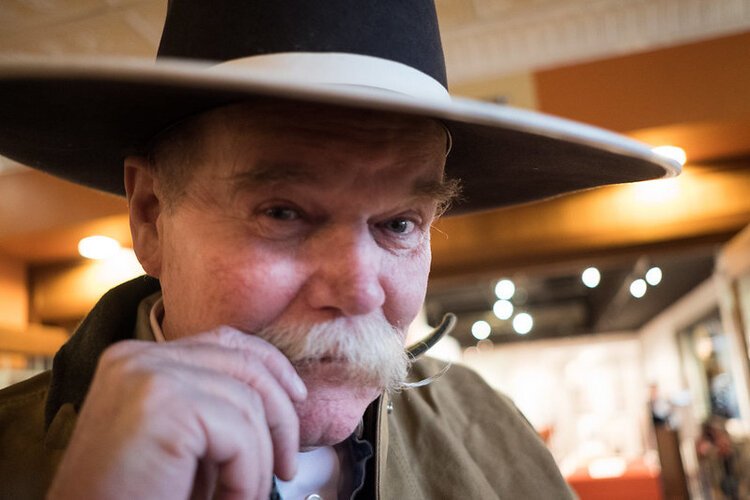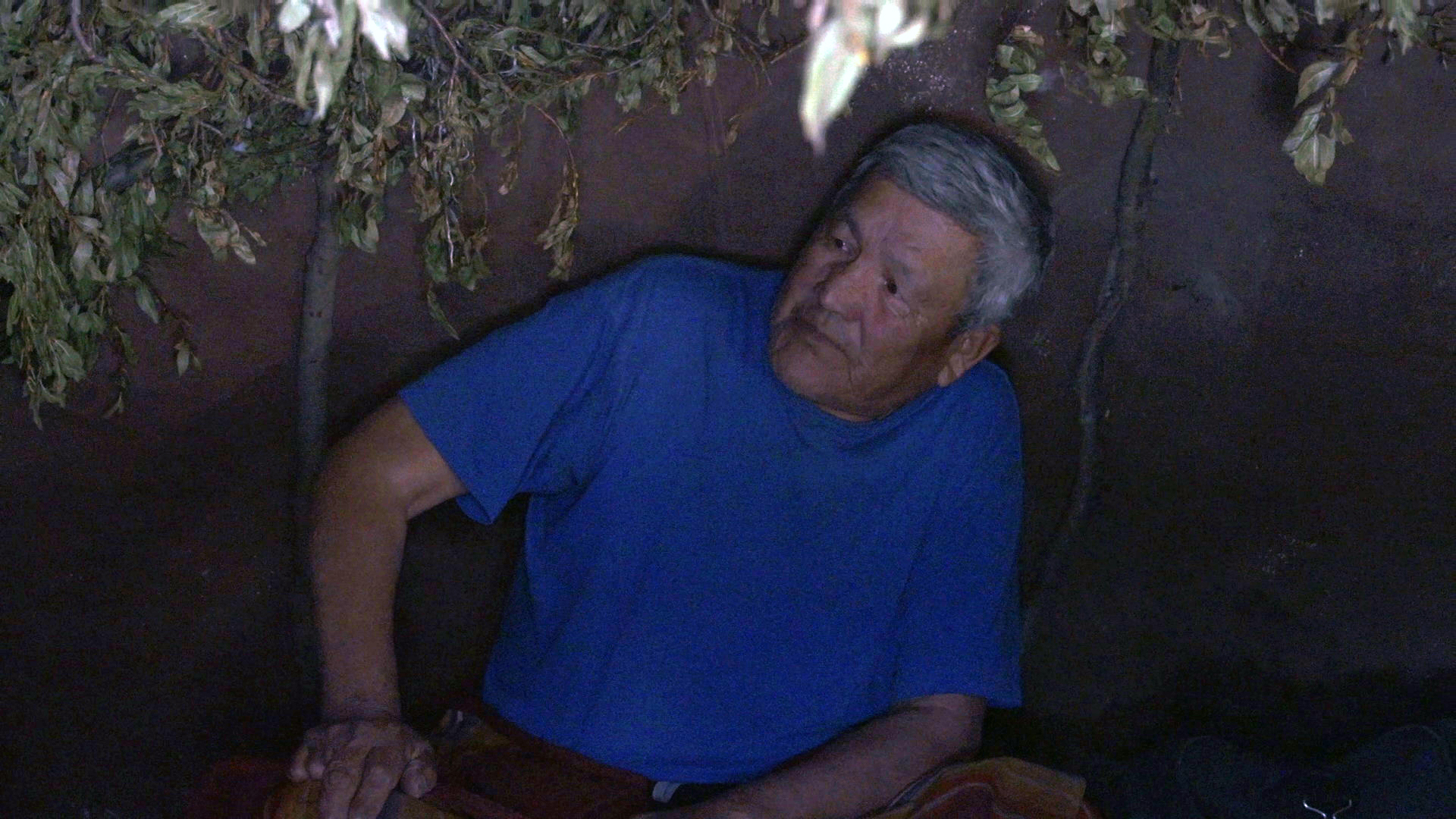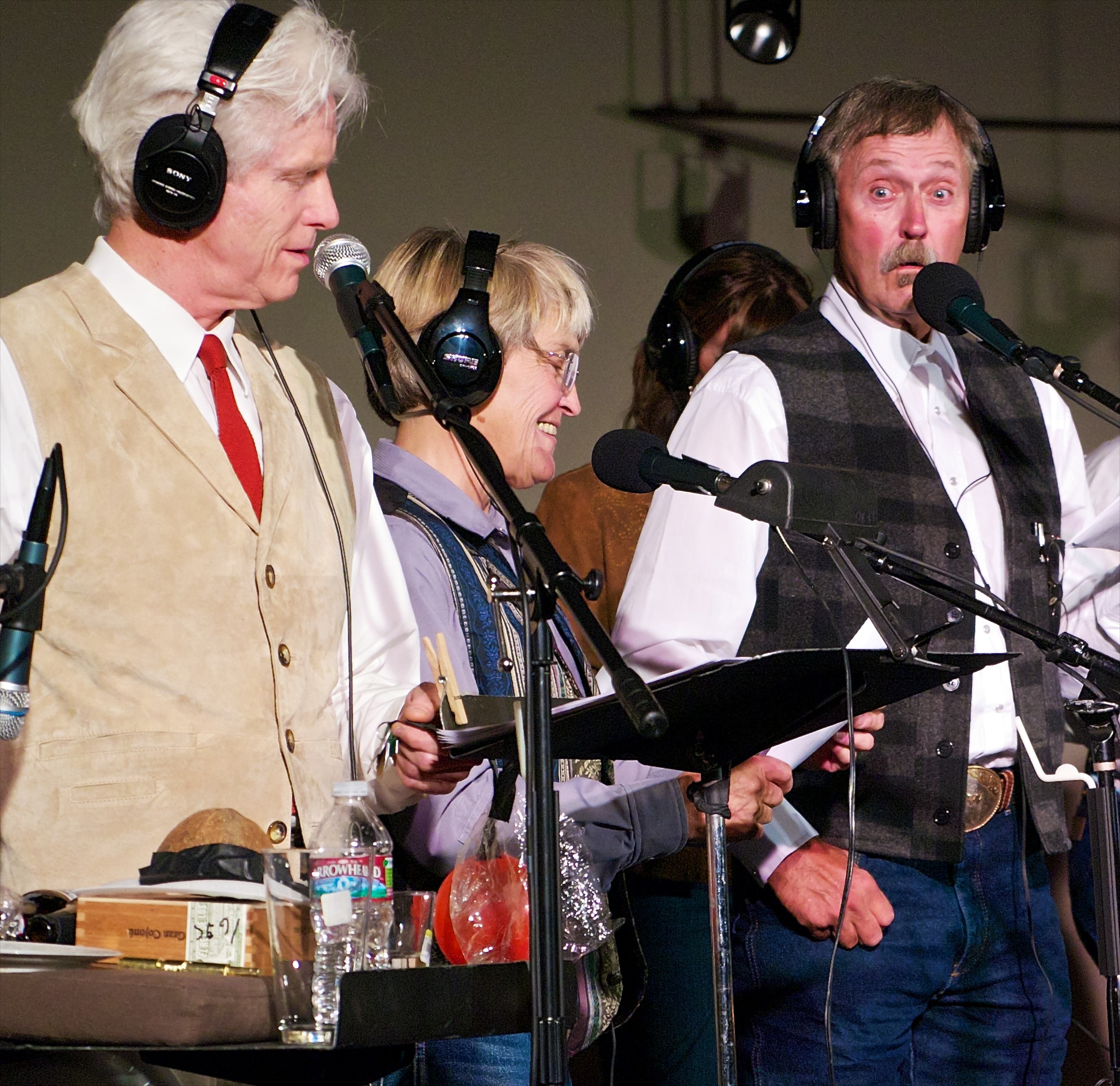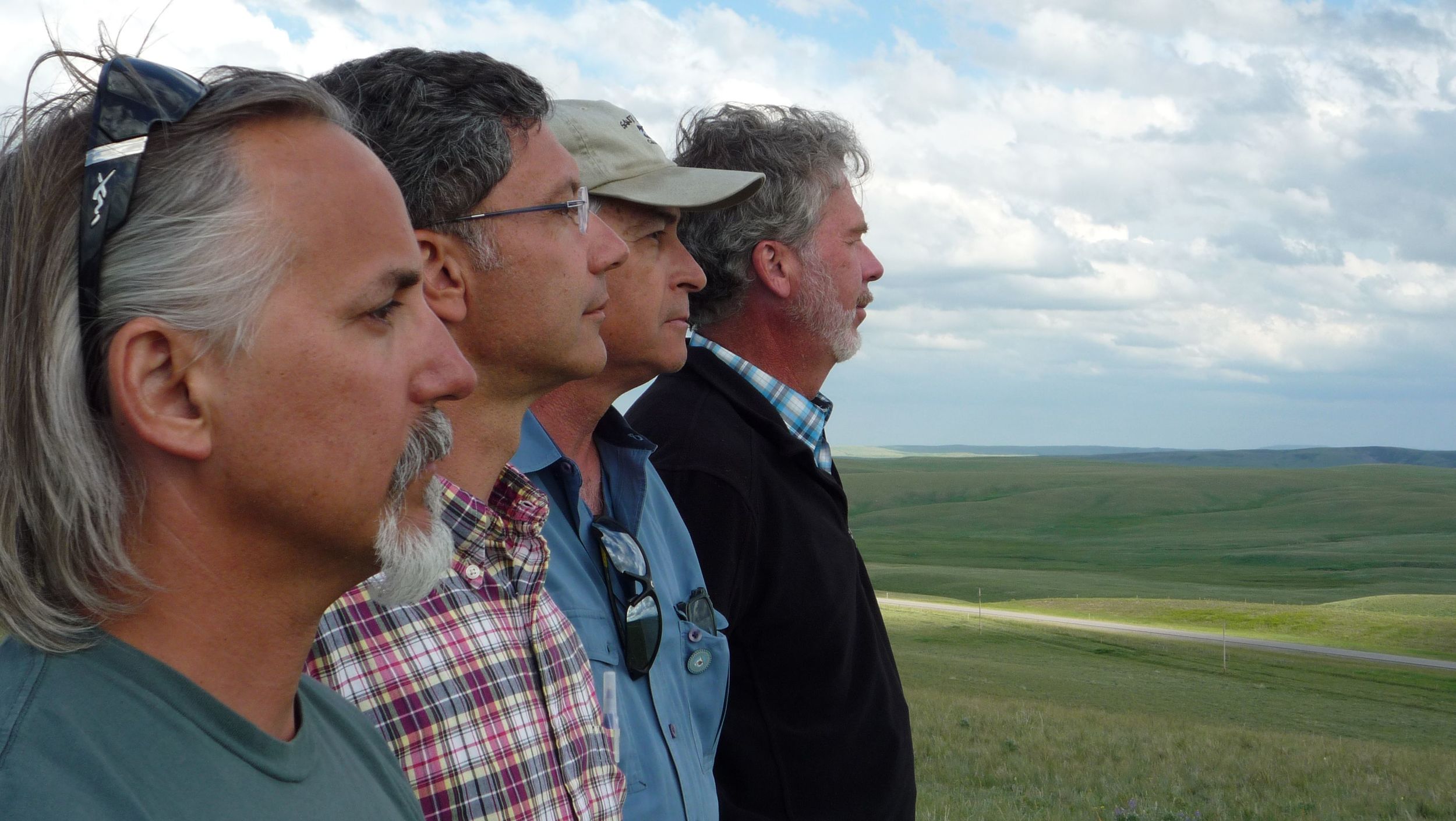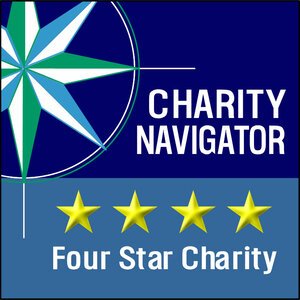1. Go to a show at the Elko Convention Center Auditorium. The convention center has been a key component to the NCPG and its success. The auditorium is a perfect setting for enjoying your favorite artists. Beautiful lighting, great sound and a fun atmosphere make the convention center a must for all visitors to Elko.
2. Take a walk through the Wiegand Gallery. Each year the gallery showcases horsemen, ranchers, artists, musicians, crafters and historians from another part of the world. This year, Baja vaqueros from a little-known corner of Mexico, Baja California Sur have come to Elko. Expand your understanding of foreign horsemanship, ranching and music by visiting the gallery or catching a vaquero show.
The Wiegand Gallery (taken from the Pioneer Saloon)
3. Visit a museum. Check out the Northeastern Nevada Museum and California Trail Center to learn more about the West through the stories and history that made Western life and tradition a reality.
4. Eat at the Star. Great food, huge portions, strong drinks and everyone is family. Enough said. Just remember that 3 Picons will be plenty.
5. Sit in on a youth poetry reading. Watching the next generation of cowboys (and cowgirls) develop their skills and talent as poets, writers and musicians can be as inspiring as watching the longtime veterans. It also means so much to them to have your support and encouragement. If you love the NCPG and want to see the event continue through the years, then take some time to see one of these performances.
6. Go to a Deep West video screening. Deep West videos are an important part of how we bring the hidden cultures of rural areas to the forefront of conversation. This year's videos are a look into the Owyhee Reservation through the eyes and storytelling vision of its children. Deep West videos are an inspiring view of native culture, western culture and current events happening here in Nevada and across the West. Don't miss an opportunity to see these films and expand your knowledge.
7. Find your favorite artist at the Pioneer Saloon. Many of you know that the Pioneer is the place to grab a strong drink and relax between shows. It turns out that the Pioneer is also the place where the artists go to get a strong drink and relax between shows. This provides an opportunity for you to thank your favorite performers at a personal level. Rarely can you approach your favorite performers at such an enormous event, so if you see an artist that you enjoy don't be afraid to introduce yourself and thank them for their performance, we are all here to have fun.
8. Find an "after hours" party and jam session. You typically need to know someone to find the late night party, but in Elko jam sessions and parties pop up all over. Just keep your ears open and your eyes peeled. Hint: The Pioneer is a great place to find these unofficial events, don't be afraid to put yourself out there and meet new people. You never know where that might take you.
9. Go to a dance. With most of the great western musicians scouring the streets of Elko this week there will plenty of opportunities to shake your hips and move your feet. So don’t pass it up. Hone your skills at one of the dance classes taking place throughout the week, and show off your moves at one of the dances taking place Friday and Saturday night.
10. Write about your experience and share it with the Western Folklife Center. This event relies on the care and support of the community. Your input could help sustain and grow Western Folklife for years to come. The NCPG's new director, David Roche, welcomes you to send emails and write letters that describe what you enjoy, what you want more of, and what aspects of the event that could use a touch up.

